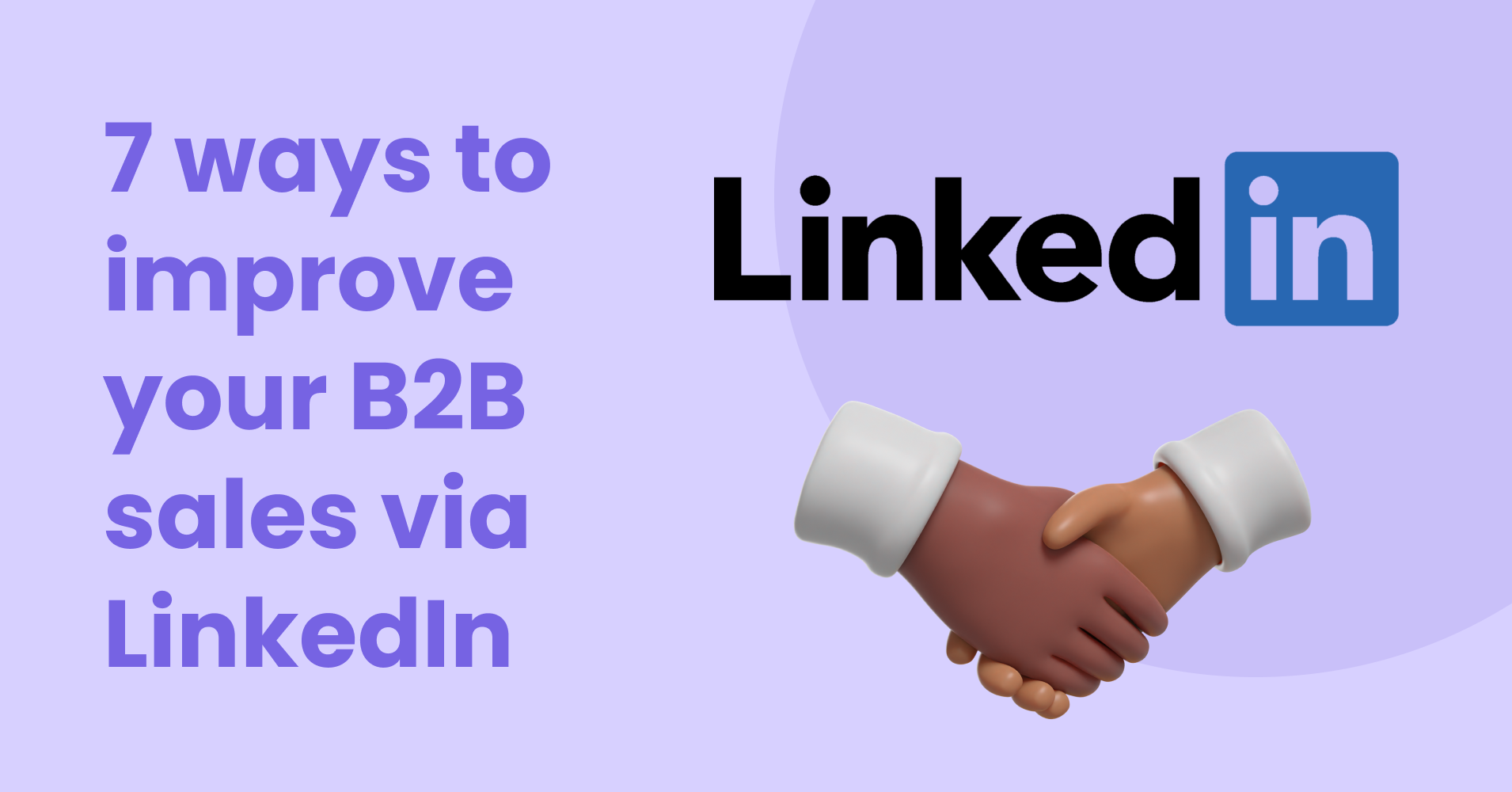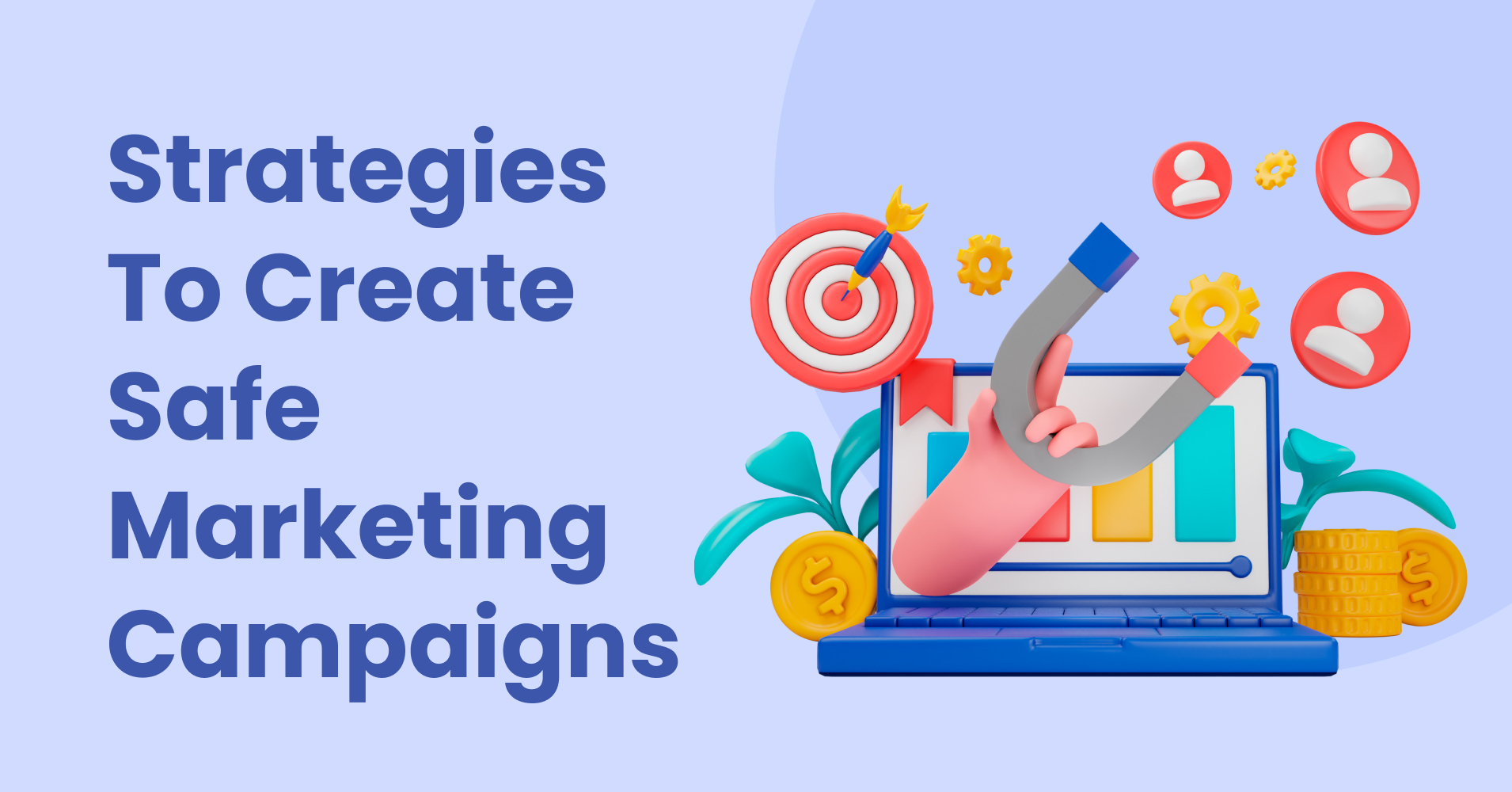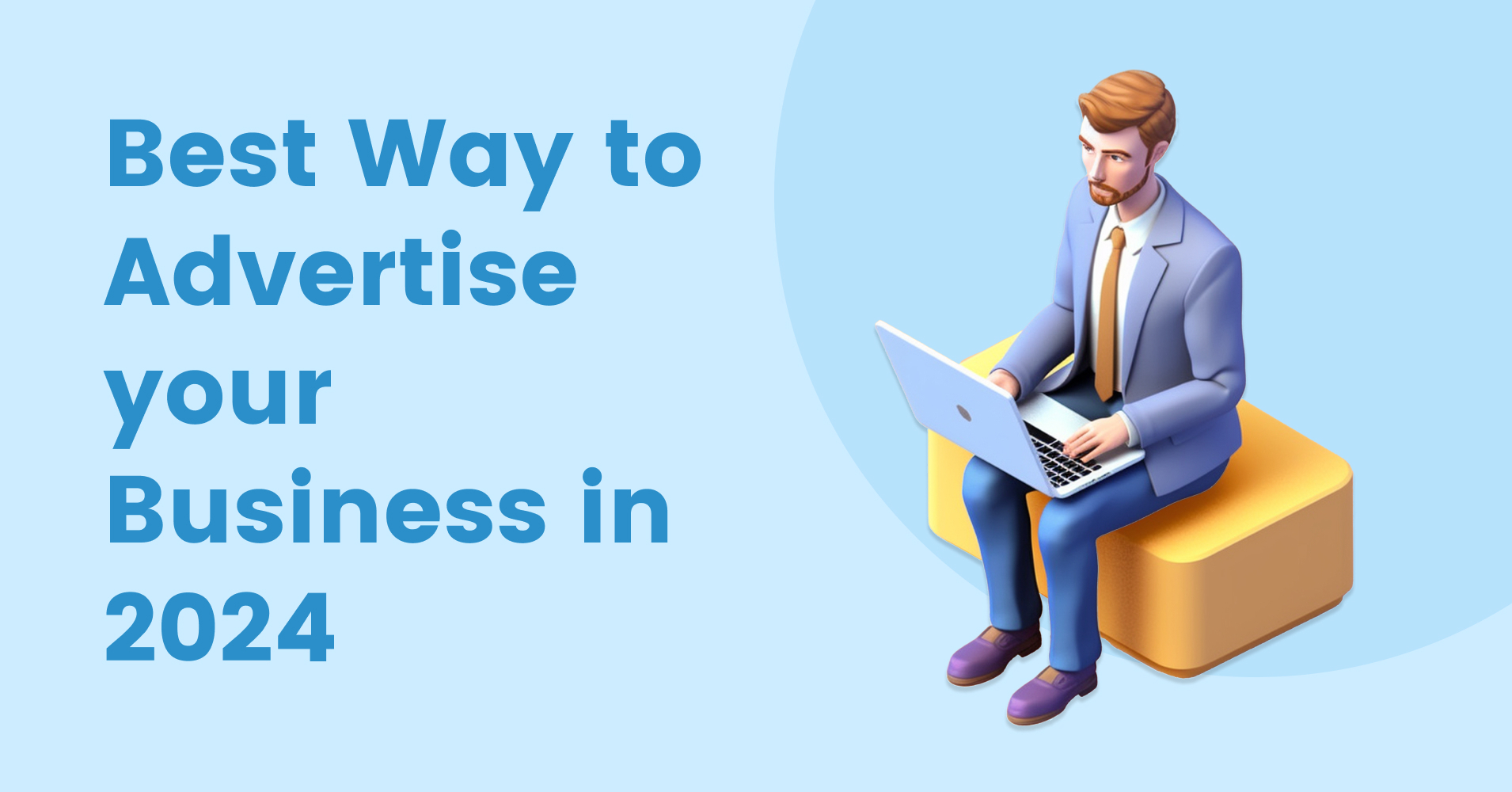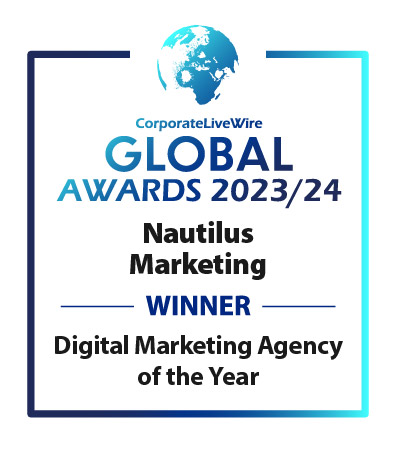LinkedIn is the king of B2B. BUT don’t just take my word for it, check the statistics for yourself!
80% of B2B leads come from LinkedIn vs. 13% on Twitter & 7% on Facebook.
97% of B2B marketers use LinkedIn for content marketing
71% of B2B marketers say LinkedIn is part of their advertising strategy.
65% of B2B companies have acquired a customer through LinkedIn.
Sources: (Gallant, 2020; Corliss, 2020; Knight, 2016; LinkedIn Business, 2020 & Neil Patel, 2020)
Impressive right? So what are you doing to capitalise? – The purpose of this blog is to provide some tips (7 to be specific) in hopes to offer useful advice regarding gaps within LinkedIn. These are opportunities in which you can generate clients or marginally improve your success chances. So here it is!
Seven self-help secrets of LinkedIn (say that fast…)
Step one: Direct Outreach
The most traditional and predictable tactics you can utilise on LinkedIn is the ability to directly contact potential clients. Every day, you may find it useful to set goals and look for ideal prospects or professionals that have a network of the people you serve or want to serve. Preparation is key, so ideally do some research, take notes, and use trial-and-error to collect reliable data and evaluate/compare to see which approach yields the highest conversion rate. After that, create a system but try your best to tailor it to the individual or business. After all… no-one likes to be cold called, especially from people who are sloppy enough to get details wrong or misjudge the situation.
Direct outreach works best when rapport can be established. Research, communicate and THEN develop a relationship to formulate actions and plans. You may want to reflect or keep a journal on how to improve conversations and NEVER sell right away (it makes you look desperate and come across as a spammer/robot).
Remember your goal is to have real discussions. Don’t say anything you wouldn’t say in-person to them. Be polite, be professional and be concise.
Step Two: Building Authority and Trust
As an entrepreneur involved with start-ups, or as a small established business owner you need to be tailoring your profile and content in respect of your audience and the people you wish to attract. If you treat LinkedIn like your online CV, you are wasting digital real estate. A CV is helpful for a getting job but is futile for attracting clients as it’s the wrong tool for the job.
Treat your profile like sections of a website. Highlight the key services/products, provide concise and relevant information, and do so with congruent visuals (banner/pictures). View your profile as a landing page. Remember your LinkedIn profile is the beginning of a trust-building sales funnel and in most cases the first touch point in the customer journey. Craft your LinkedIn profile so it reflects your expertise, problems you solve, what results they can expect, and how you achieve success. Recommendations, testimonials, and any other social proof of your services are advantageous.
Step Three: Maintain and Growth
You’re not running a sprint. Think of longevity. Don’t connect with people or businesses and expect a rushed hard sale to work. Archaic selling-techniques and transactional selling is counterproductive (as you will spend more time and money on acquiring new customers than retaining existing/loyal consumers).
Utilize direct communication channels such as social media or email, for nurturing campaigns and developing brand identity. Moreover, reach out via LinkedIn messenger at least one to two times per month, and make your messages highly relevant, personal and value packed. Again, this is for prospects that you have already had a previous discussion with.
Step Four: Content Marketing.
You may have noticed; the tide has changed on the type of content that is now resonating on LinkedIn. Ads and trends have evolved with technology. Pop-up ads, Newspaper ads and Television commercials have almost become obsolete. It’s all about creating engaging content with video. A few years ago, how-to’s, formal business posts, job postings and educational pieces were acceptable. Now it’s all about the personality and values.
Be a storyteller. Reflect on your own experiences and share more personal experiences. The more people get to know you, or the brand, the more credible you become. This is the key to the new era of social selling: Being authentic.
Step Five: Attraction and Engagement.
You will reap the rewards of being active on LinkedIn. Engage with your network, write posts, comment on others, like posts – it all helps with exposure and search results.
Furthermore, focus on the content and topics that you are interested in. Prepare a list of micro-influencers in your space and reach out. Creating or curating posts that share insights, experiences and expertise in your field is a fantastic way to build awareness and leads to meaningful conversations.
Step Six: Email Marketing.
A tried and tested method is: Email Marketing. It’s no secret that people spend more time checking their emails than being on LinkedIn however what you can do is gain emails through connections and add them to your database. If you are a 1st connection on LinkedIn – you often unlock their email address. Compile a list and focus hard to create relevant offers.
Running email campaigns or providing an introduction of yourself with your best content i.e. YouTube videos, blogs, graphics, achievements, etc). is an effective method of engaging hundreds of professionals.
Step Seven: Consistency.
Lastly, be consistent. Consistency provides structure and shows discipline. Without it, you will plateau and will be submerged in a sea of content. Providing frequent content is essential for brand recall. How many one hit wonders have sailed throughout the industry? Sure – they made a quick buck but those who thrive in the environment are always in the subconscious of the consumer. They are always present. Think EVERGREENS.
Consistency increases the likelihood of leads, thus conversions and improved customer engagement. Show up and speak your truth. Refer to the infamous iceberg diagram. Keep hustling because it only takes one viral video or influential person to be moved by your product/services, and the next thing you know you’ve made it.





